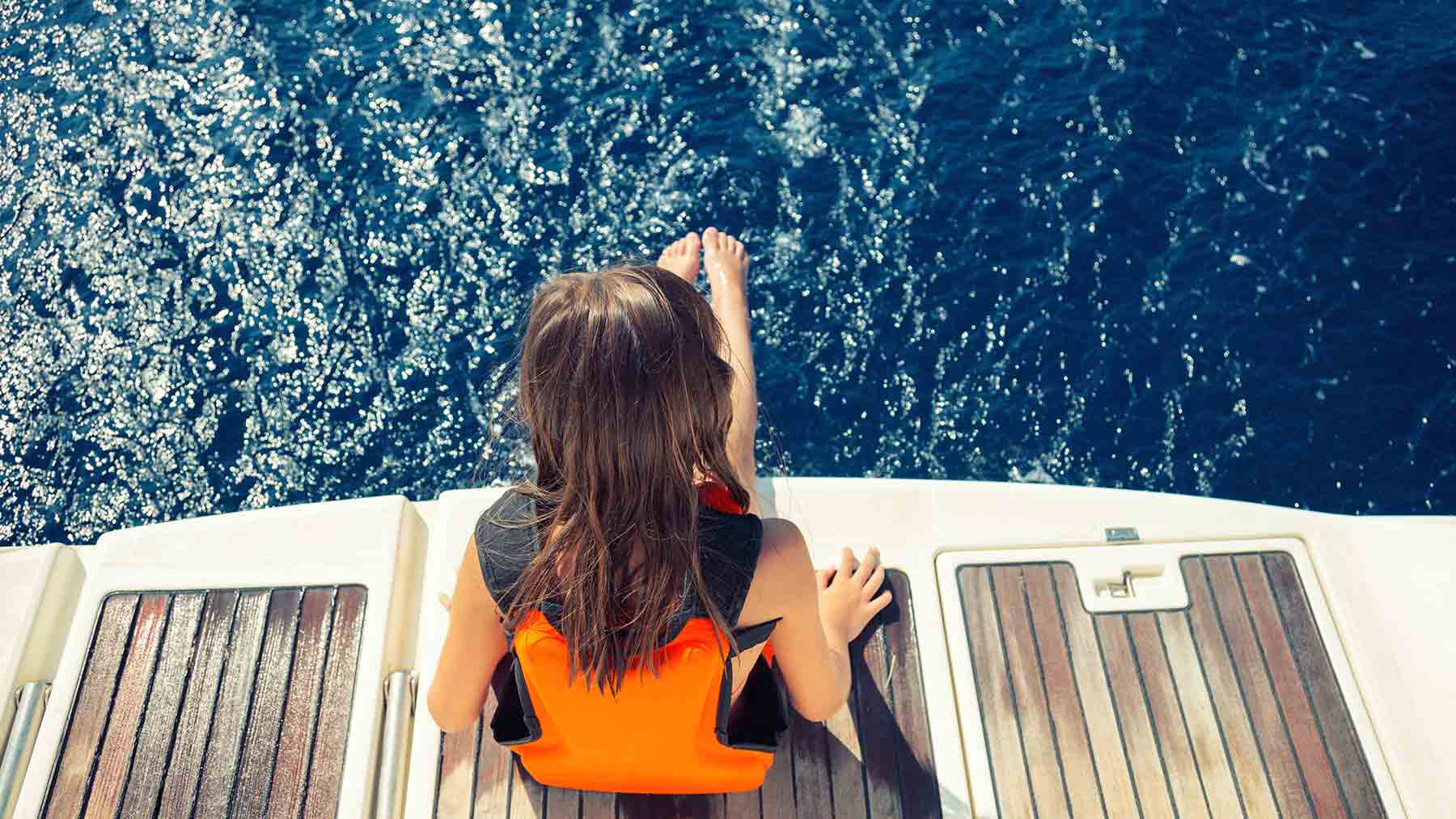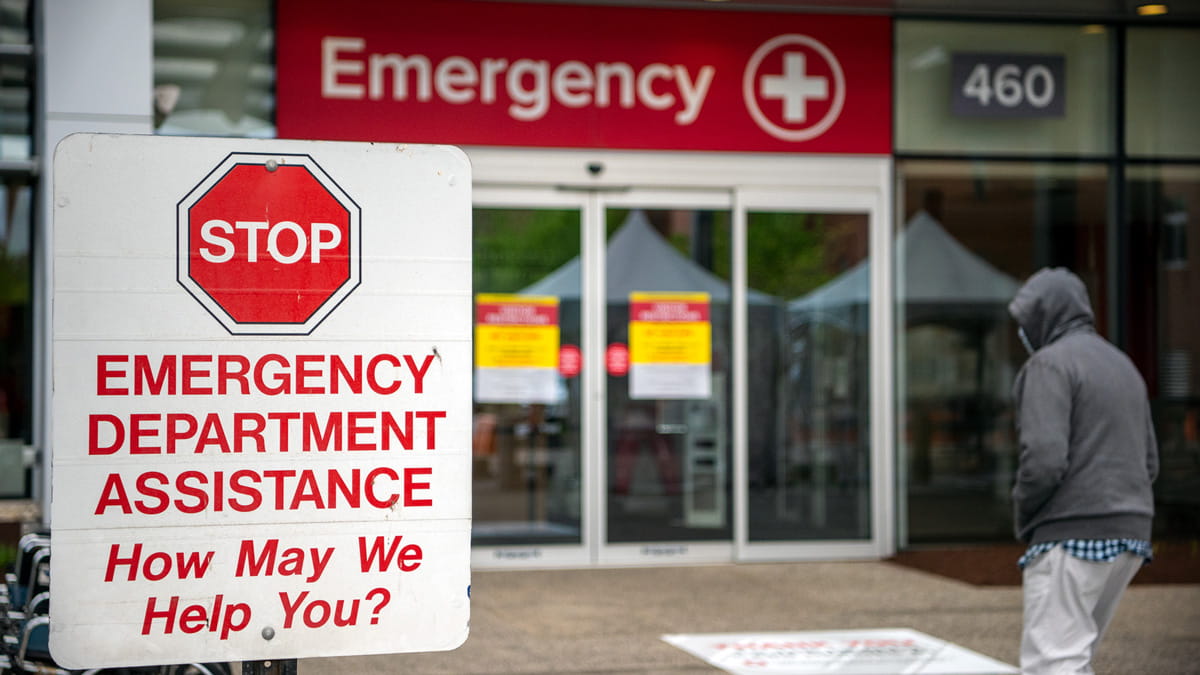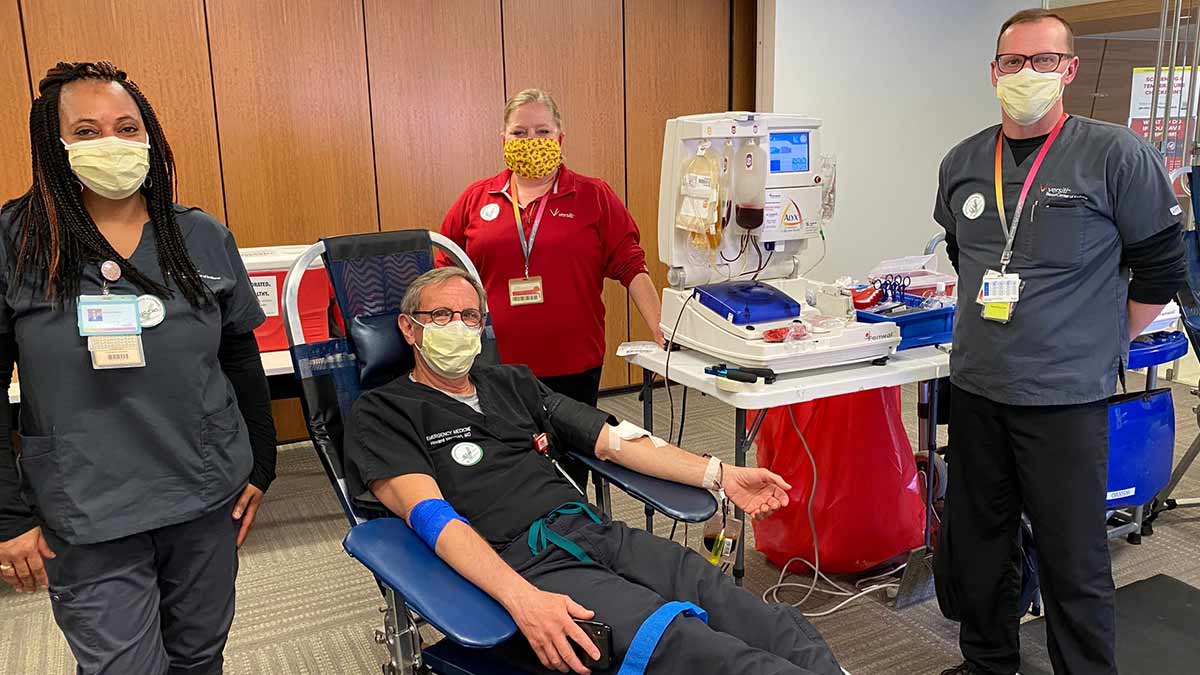Tips to stay safe in the water and prevent drowning

For many, summertime means warm weather, summer camps, pools and beach vacations.
The summer months may also bring an increase in the number of people in emergency rooms, particularly due to water injury. In fact, drowning is the third leading cause of accidental death in children, with an estimated 6,000 to 8,000 deaths per year in the United States.
Anyone can have a water-related accident — even those who know how to swim. To keep yourself and your loved ones safe in and near the water, follow these guidelines.
General water safety
To reduce the risk of drowning in any swimming environment:
- Learn CPR.
- Never leave children unsupervised near a pool, hot tub, natural body of water or bathtub. Don’t rely on air-filled or foam floaties, noodles or inner tubes to keep children safe.
- Make sure you know how to swim.
- Avoid alcohol while you’re boating, swimming or supervising children who are swimming.
Home swimming pools and hot tubs
To ensure water safety in a home pool or spa:
- Fence it in. Install a fence at least 4 feet tall that separates the pool from the house and yard. Avoid fences that children can easily climb and use self-closing and self-latching gates that open away from the pool area.
- Install alarms. Use an alarm on the house door that leads to the pool area, a floating pool-alarm or a below-water alarm. Keep in mind that an alarm isn't a substitute for appropriate fencing and supervision.
- Block pool and hot tub access. Use a rigid safety cover to block access to a pool or hot tub when it’s not in use. Make sure you don’t allow water to collect on top of the covers, and remove aboveground pool steps and ladders when the pool isn’t in use. If you’re using an inflatable pool, make sure to empty it after each use.
- Remove toys. In addition to fencing, removing floats, balls and other toys from the pool area immediately after use helps reduce children’s temptation to enter the area unsupervised.
- Keep rescue equipment and a first aid kit poolside. Don’t wait for the paramedics to arrive because you’ll lose valuable life-saving seconds. Four to six minutes without oxygen can cause permanent brain damage or death.
Natural bodies of water
Swimming can be unpredictable in ponds, lakes, rivers and oceans. The depth of the water can change quickly, as well as water temperature, currents and weather. Make sure to follow these safety tips when swimming in natural bodies of water:
- Wear a life jacket. Children and adults should wear lifejackets whenever riding in a boat or fishing, even if they know how to swim. An air-filled swimming aid isn’t a substitute for a life jacket.
- Swim in designated areas. Swim only in areas set aside for swimming and pay attention to posted warnings about unsafe swimming conditions.
- Don’t swim alone. Many beaches don’t have lifeguards, so swimmers’ safety is their own responsibility. Take a friend or family member with you when entering the water.
- Beware of thin ice. Drowning can happen in the winter, too. Avoid walking, skating or riding on weak or thawing ice. Pay attention to posted warnings regarding ice safety and consult your local department of recreation for current ice conditions before going on frozen bodies of water.
Know the risks of delayed drowning
Drowning can happen even after someone is rescued from the water. Delayed effects of drowning can be seen after initial rescue and resuscitation. These effects usually happens within 24 hours of a water rescue and can also be the result of liquid in the lungs.
Look for continued coughing, trouble breathing, chest pain, fatigue and changes in behavior in rescued persons. If you see these symptoms, immediately call 911 or seek medical attention.
Staying safe in the water is a community effort. Share this post with friends and family to help them educate themselves about how to stay safe this summer, sign up for adult swimming lessons with friends or register for CPR training with your family. Who knows, you might just save a life.
Daniel Bachmann is director of emergency preparedness at The Ohio State University Wexner Medical Center and an associate professor and director of the hyperbaric medicine program at The Ohio State University.




